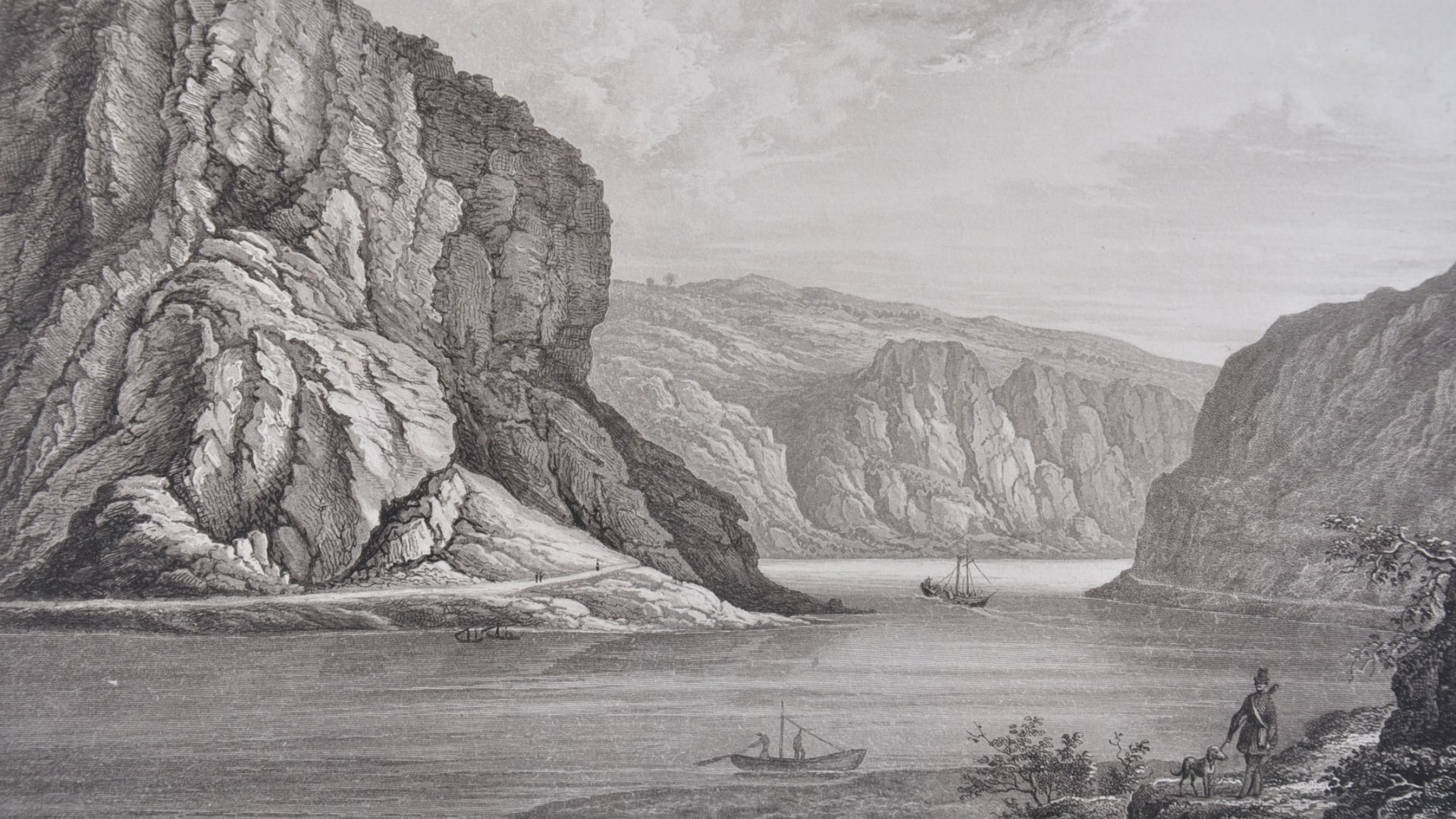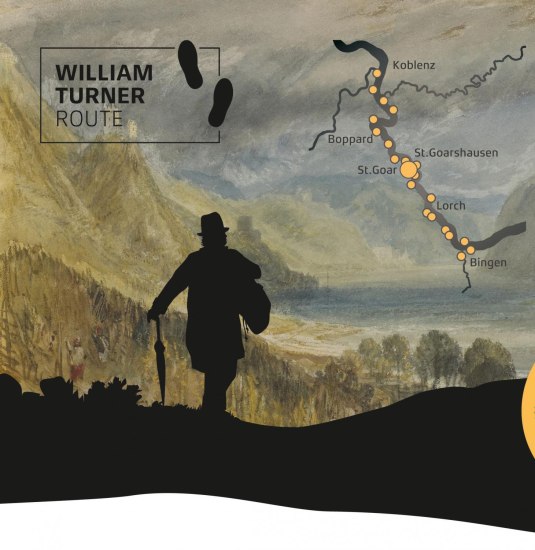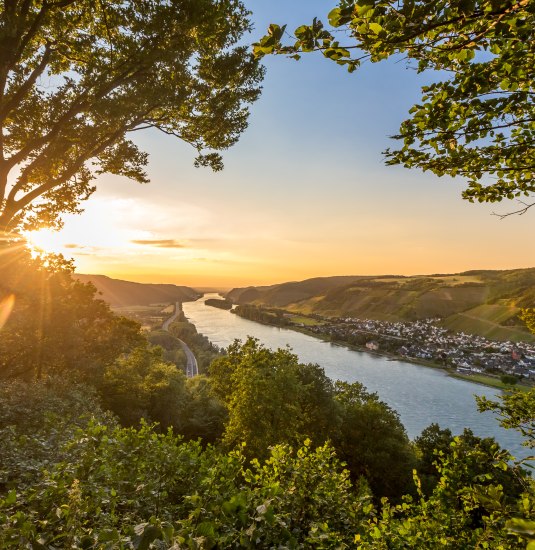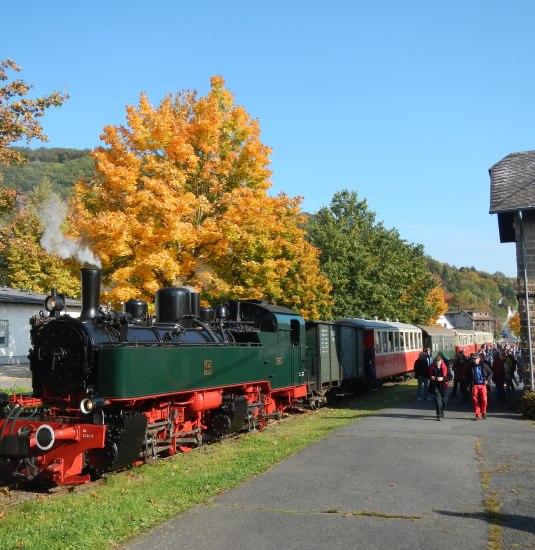Myth & Legend
On the trail of the first Rhine tourists
And the Rhine was just such a case. The river is truly at its most beautiful on the stretch between Unkel/Remagen and Bingen/Rüdesheim. Large numbers of people have been moving through the Middle Rhine Valley ever since Roman times, because the river has always been the main transit axis linking northern and southern Europe. Merchants, pilgrims, travellers and great armies have all passed this way. The striking landscape formations and picturesque townscapes must have been seen by hundreds of thousands of people in the Middle Ages, but they inspired little enthusiasm back then. Even the sight of the fabulous Loreley rock was more likely to bring an anxious prayer to the lips of the people of those times, than awed sighs of amazement. After all, this was the Rhine’s narrowest point and navigating past its treacherous rocks in one piece was no easy matter.
The “breakthrough” didn’t come until Romantic poets such as Friedrich Schlegel introduced a new perspective. In 1801, Clemens Brentano created what is probably the most famous of the Rhine myths with his poem "Zu Bacharach am Rheine", the story of the beautiful but tragic enchantress Lore Ley.
The Middle Rhine had none of the idyllic scenes and cultivated landscapes which were so highly regarded in the Baroque Age. Instead it offered original, unspoilt nature, which was what the Romanticists yearned for.
This romantic view of the Rhine was soon shared by artists, too. Christian Georg Schütz the Younger and William Turner painted what the public (heavily influenced by the Romantic novelists of the day) wanted to see: wild, rugged Rhenish landscapes with solitary ruined castles perched atop steep cliffs.
Besides the artist William Turner, this new fascination with the Rhine attracted other visitors from the British Isles: Lord Byron, for example. After the French ‘Continental Blockade’ was lifted, British aristocrats were once more able to go on the ‘grand tour’ of Europe.
The romantic fascination with the Rhine led to the development of Rhine tourism, which reached unprecedented levels when a regular steamboat service was introduced in 1827. By the mid 19th century, about 1 million visitors per year were enjoying the sights from on board a Rhine steamer.
It’s still possible to capture and experience the spirit of Rhine Romanticism at many places along the Middle Rhine. There’s the chance to get a more in-depth look at the subject at the Museum am Strom’s permanent exhibition in Bingen, for example, the exhibition at the Stadtmuseum in Oberwesel and the interactive exhibition at the Romanticum in Koblenz.




